Teacher Portal
Sound Waves and Pressure
CELL Guide
CELL Guide
Soundwaves and Pressure

LabLearner’s 3-D Approach to Scientific Inquiry
Phase 1 – Defined Understanding
The defined boundaries of this phase provide a framework for engaging parents and identifying students’ current knowledge of the key topic(s) explored in this CELL.
Phase 2 – Dynamic Understanding
Change, activity, and progress characterize the dynamic phase. Its design will enable you to enhance students’ existing skills, interests, and understanding, as well as meaningfully build new ones.
Phase 3 – Deeper Understanding
By this point, students have moved through powerful and purposeful tasks that had them actively and intentionally construct an understanding of concepts. In this final phase, students will consolidate knowledge and make deeper connections among ideas.
Phase 1 – Defined Understanding
► Questions to Investigate in this CELL
- How are sounds produced?
- How is sound transferred from one object or substance to another?
- What is the relationship between the wavelength and frequency of a standing wave and the sound it produces?
- What is the speed of sound in air?
- In the same type of matter, is the speed of sound different for different frequencies and wavelengths?
- What is the relationship between the wavelength and frequency of a standing wave and the sound it produces?
- How do different types of matter affect the speed, the wavelength and the frequency of sound?
► Parent Newsletter
Encourage parents to connect to their child’s learning by providing them with a framework of the CELL. Use this link to access and share the Parent Newsletter.
► Baseline Assessment
Assess students’ current knowledge of the topic(s) being explored then set instructional and student learning goals. Use this link to schedule then invite students to take the Pre-test for the CELL.
Phase 2 – Dynamic Understanding
► Introduction and Fun Facts
Enhance your conceptual understanding by reading the student-level research on the topic(s) being explored. Use this link to access the research.
____________________________________________
► Links to Investigations
Go directly to the Investigation you are working on by clicking on a link below:
► Investigation 1
► Investigation 2
► Investigation 3
► CELL Vocabulary
Investigation 1:
- Vibration: The repeated back and forth movement of an object or substance
- Standing wave: A wave that forms in a vibrating object. A standing wave does not move through space, it forms due to repeated vibrations of the object.
- Node: The point at which a standing wave has no displacement and therefore does not move back and forth
- Antinode: The point at which a standing wave has its maximum displacement back and forth
- Pressure wave: The moving wave that is produced by a standing wave. The back and forth movement of a standing wave’s vibrations cause the compression and expansion of a pressure wave that travels away.
- Frequency: The number of times an object vibrates every second and the number of times a standing wave moves back and forth every second.
- Wavelength: The length in meters of a complete standing wave from the node that defines where it begins to the node that defines where it ends. The units are meters.
- Pitch: Frequency is related to how we perceive sounds. We perceive sounds with a high frequency as having a high pitch and sounds with a low frequency as having a low pitch.
Investigation 2:
- Speed: How fast anything, in this case, the pressure waves of a sound, travels. The units are meters per second.
- Hertz: The unit of frequency in 1/second
Investigation 3:
- There are no new Key Terms introduced in Investigation 3.
► Access Scoring Rubric
Examine the scoring rubric for this CELL so that you know what your teacher is looking for in terms of performance.
Tips for Success:
Google Classroom
Phase 3 – Deeper Understanding
►Deep Analysis Classroom Discussion
These questions can be used to elicit in-depth discussions based on the lab experience. Teachers may use any or all of these discussion points depending on the time available. All Investigations‘ Deep Analysis questions as well as the Comprehension Check for the entire CELL are found on this link.
►CELL Summary
Review the key ideas and learning goals for the CELL via this link.
► Summative Assessment
Evaluate student learning at the end of the CELL by comparing the Summative Assessment to students’ Baseline Assessments. Use this link to schedule then invite students to take the Post-test for the CELL.

